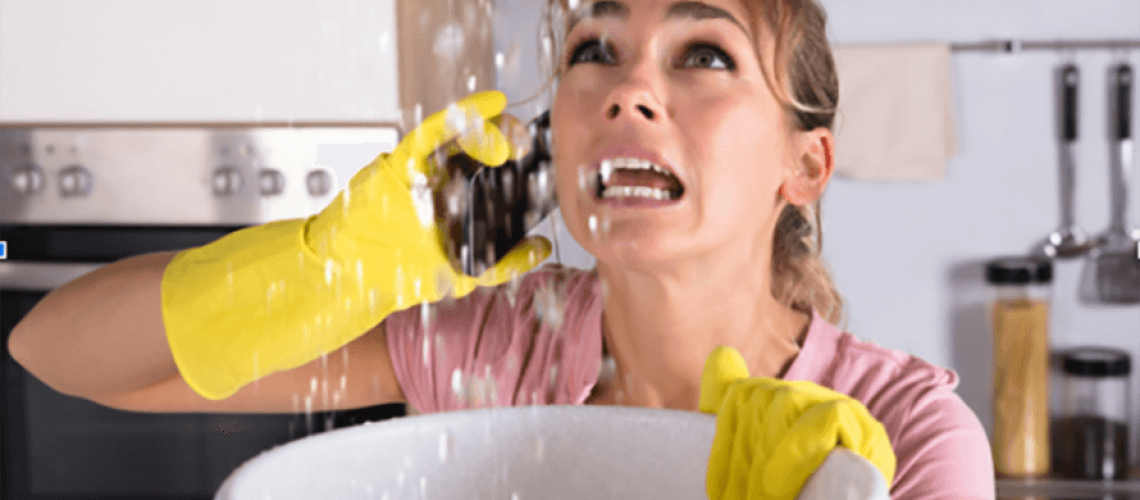6 Ways to Discover Hidden Water Leaks in Your House
6 Ways to Discover Hidden Water Leaks in Your House
Blog Article
We've uncovered the article involving Locating water leaks below on the internet and concluded it made good sense to discuss it with you on my blog.

Early detection of dripping water lines can mitigate a prospective disaster. Some small water leakages may not be visible.
1. Check Out the Water Meter
Every home has a water meter. Inspecting it is a surefire manner in which aids you discover leakages. For beginners, turn off all the water resources. Make certain no one will purge, use the faucet, shower, run the washing maker or dishwasher. From there, go to the meter as well as watch if it will certainly change. Because no person is utilizing it, there ought to be no activities. If it relocates, that indicates a fast-moving leak. If you discover no modifications, wait a hr or 2 and also check back once more. This means you may have a sluggish leakage that can also be below ground.
2. Check Water Consumption
Assess your water bills and track your water consumption. As the one paying it, you should see if there are any type of discrepancies. If you find sudden changes, regardless of your usage being the same, it means that you have leakages in your plumbing system. Keep in mind, your water expense must drop under the same array each month. An abrupt spike in your bill suggests a fast-moving leak.
Meanwhile, a steady rise on a monthly basis, despite the exact same habits, reveals you have a sluggish leak that's also gradually intensifying. Call a plumber to extensively inspect your home, especially if you really feel a warm location on your flooring with piping underneath.
3. Do a Food Coloring Examination
30% comes from commodes when it comes to water consumption. Examination to see if they are running correctly. Drop flecks of food color in the storage tank and wait 10 mins. There's a leakage between the container as well as dish if the color in some way infiltrates your dish during that time without flushing.
4. Asses Exterior Lines
Don't neglect to examine your exterior water lines also. Needs to water seep out of the connection, you have a loose rubber gasket. One tiny leak can squander bunches of water and also spike your water bill.
5. Examine as well as Evaluate the Circumstance
House owners must make it a routine to examine under the sink counters and also also inside cupboards for any type of bad odor or mold growth. These two red flags show a leak so prompt attention is called for. Doing regular inspections, also bi-annually, can conserve you from a major issue.
Inspect for stainings and weakening as the majority of devices as well as pipelines have a life expectations. If you think dripping water lines in your plumbing system, do not wait for it to escalate.
Early discovery of leaking water lines can alleviate a potential disaster. Some little water leakages may not be visible. Examining it is a guaranteed means that helps you uncover leaks. One little leak can lose heaps of water and surge your water costs.
If you suspect dripping water lines in your plumbing system, do not wait for it to escalate.
WARNING SIGNS OF WATER LEAKAGE BEHIND THE WALL
PERSISTENT MUSTY ODORS
As water slowly drips from a leaky pipe inside the wall, flooring and sheetrock stay damp and develop an odor similar to wet cardboard. It generates a musty smell that can help you find hidden leaks.
MOLD IN UNUSUAL AREAS
Mold usually grows in wet areas like kitchens, baths and laundry rooms. If you spot the stuff on walls or baseboards in other rooms of the house, it’s a good indicator of undetected water leaks.
STAINS THAT GROW
When mold thrives around a leaky pipe, it sometimes takes hold on the inside surface of the affected wall. A growing stain on otherwise clean sheetrock is often your sign of a hidden plumbing problem.
PEELING OR BUBBLING WALLPAPER / PAINT
This clue is easy to miss in rooms that don’t get much use. When you see wallpaper separating along seams or paint bubbling or flaking off the wall, blame sheetrock that stays wet because of an undetected leak.
BUCKLED CEILINGS AND STAINED FLOORS
If ceilings or floors in bathrooms, kitchens or laundry areas develop structural problems, don’t rule out constant damp inside the walls. Wet sheetrock can affect adjacent framing, flooring and ceilings.
https://www.servicemasterbyzaba.com/blog/how-to-detect-water-leakage-in-walls/

As a keen person who reads on Detecting hidden plumbing leaks, I think sharing that excerpt was really useful. Do you know somebody else who is fascinated about the topic? Feel free to promote it. Thanks a bunch for your time. Visit us again soon.
Report this page